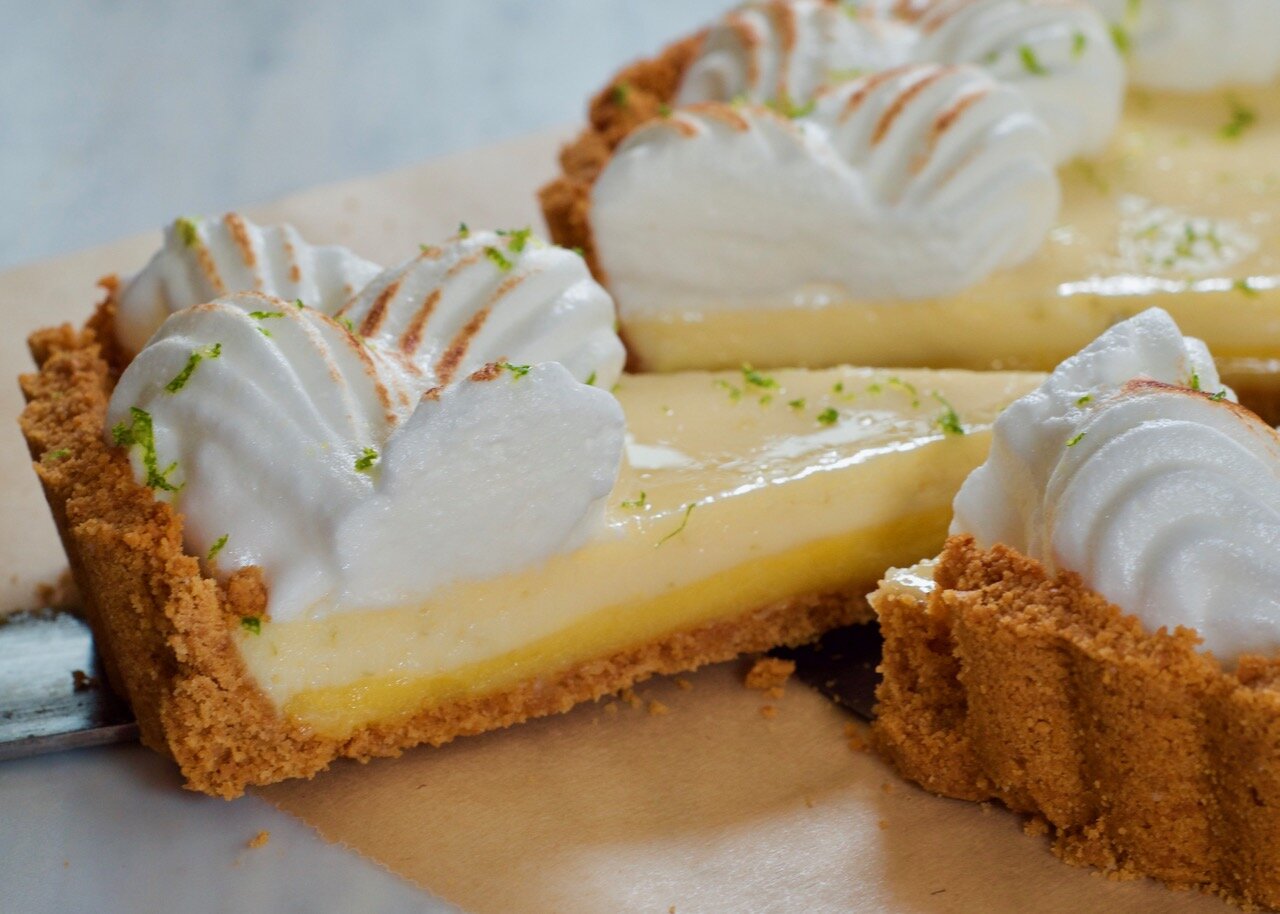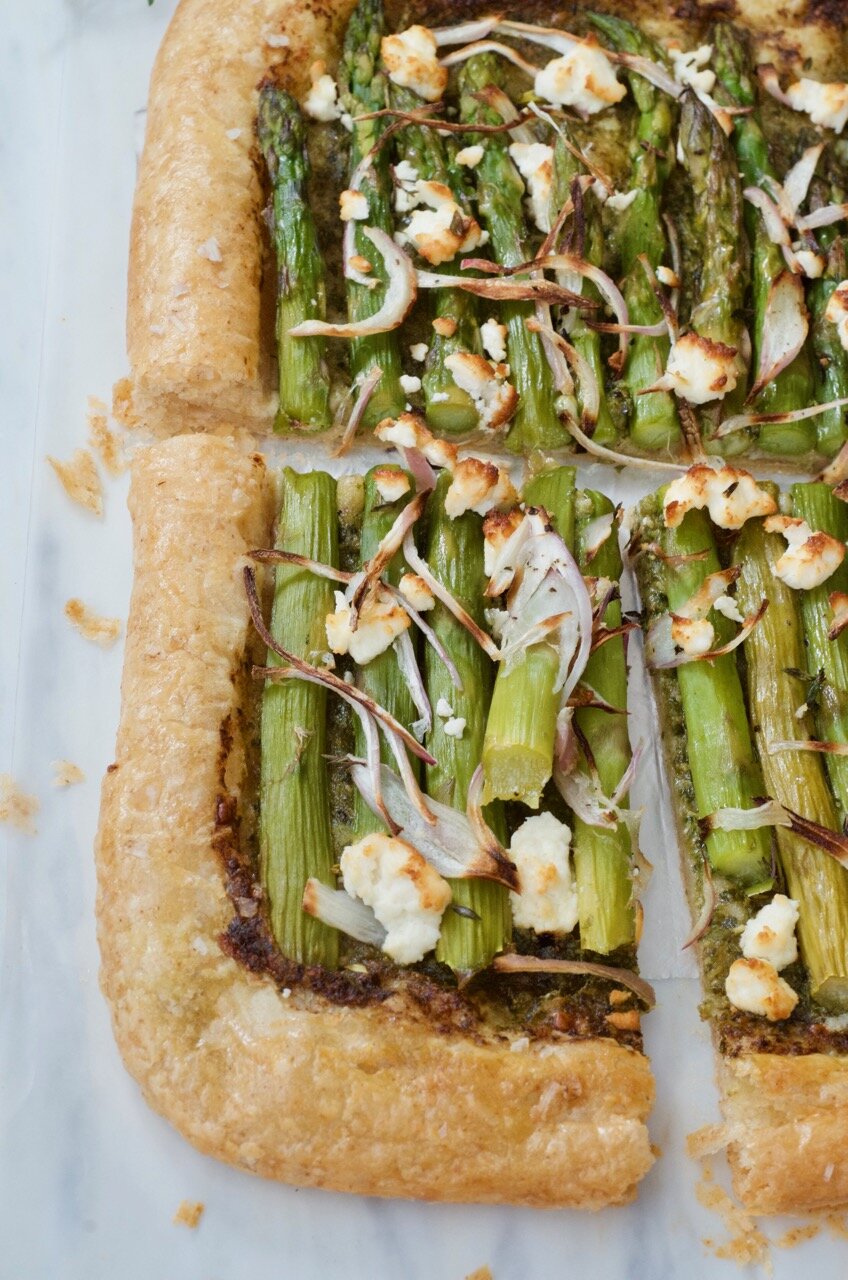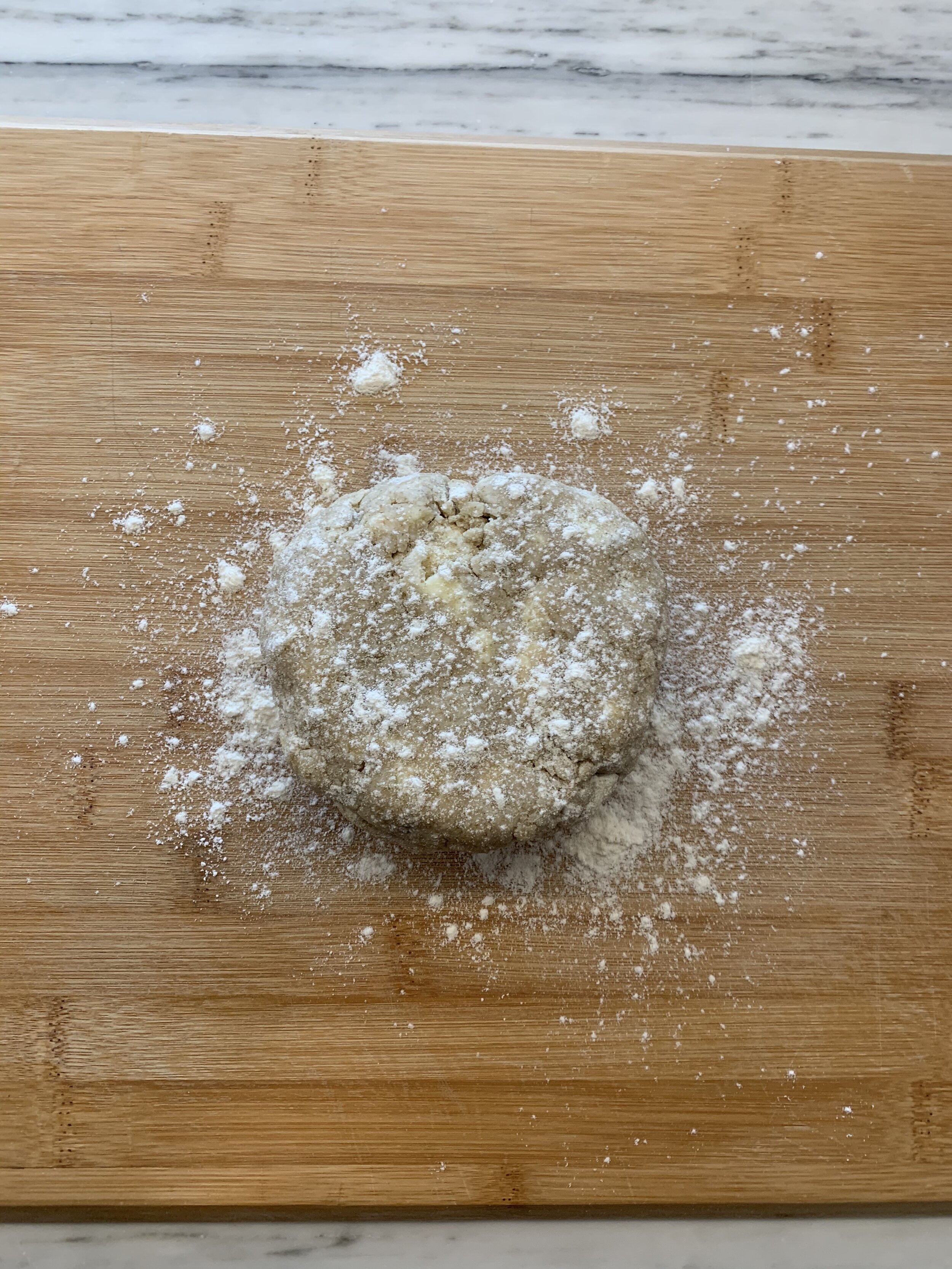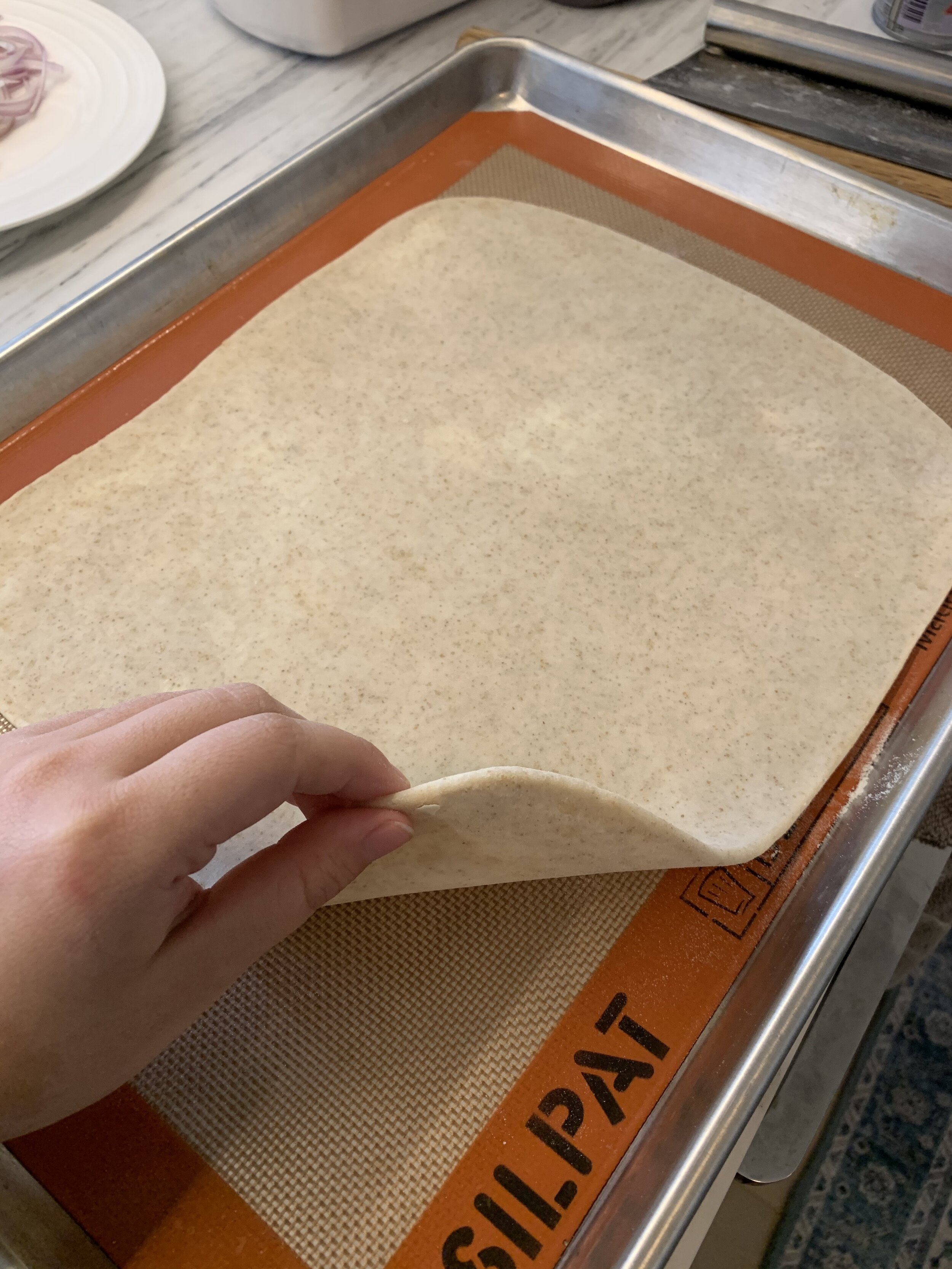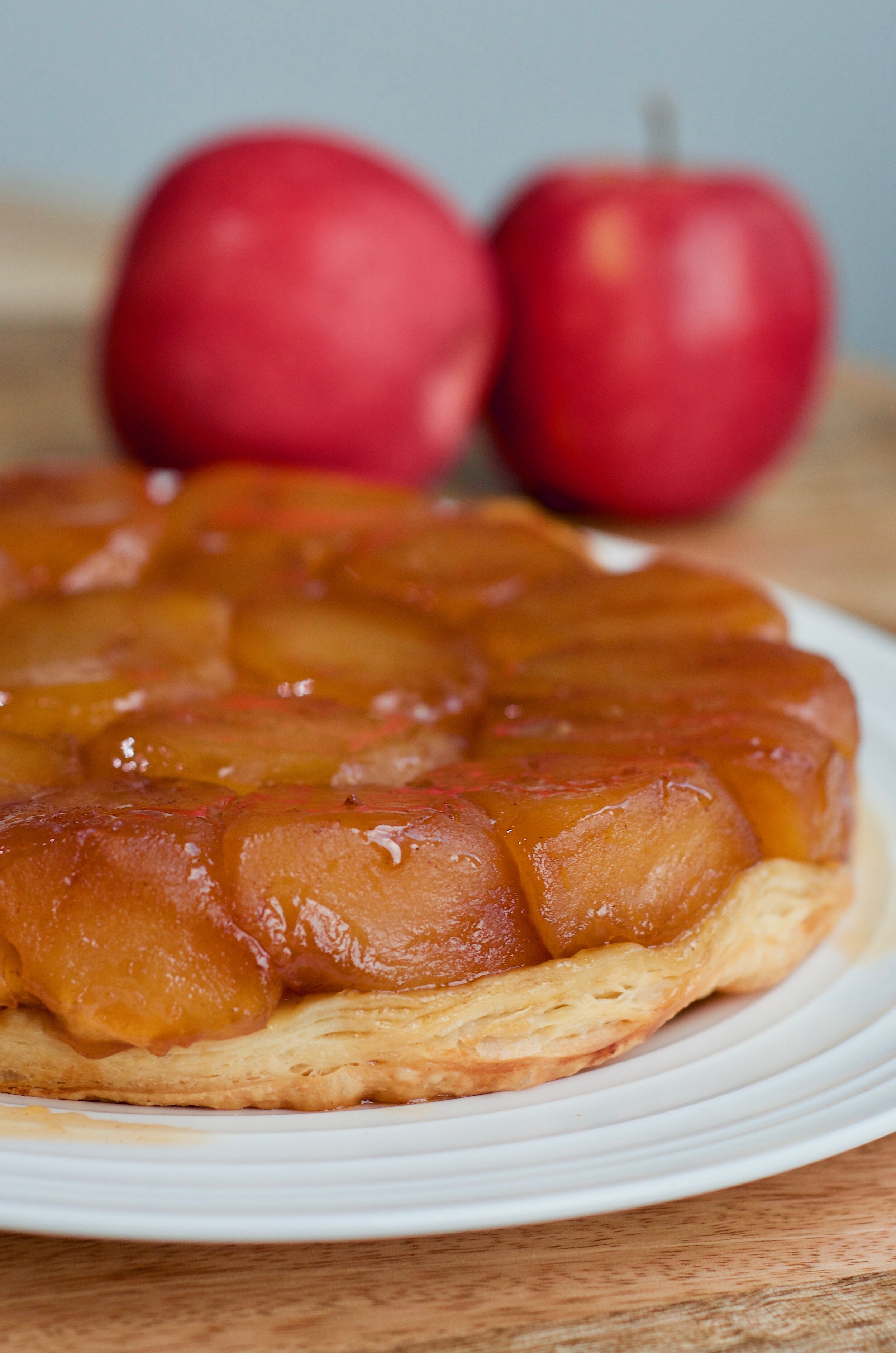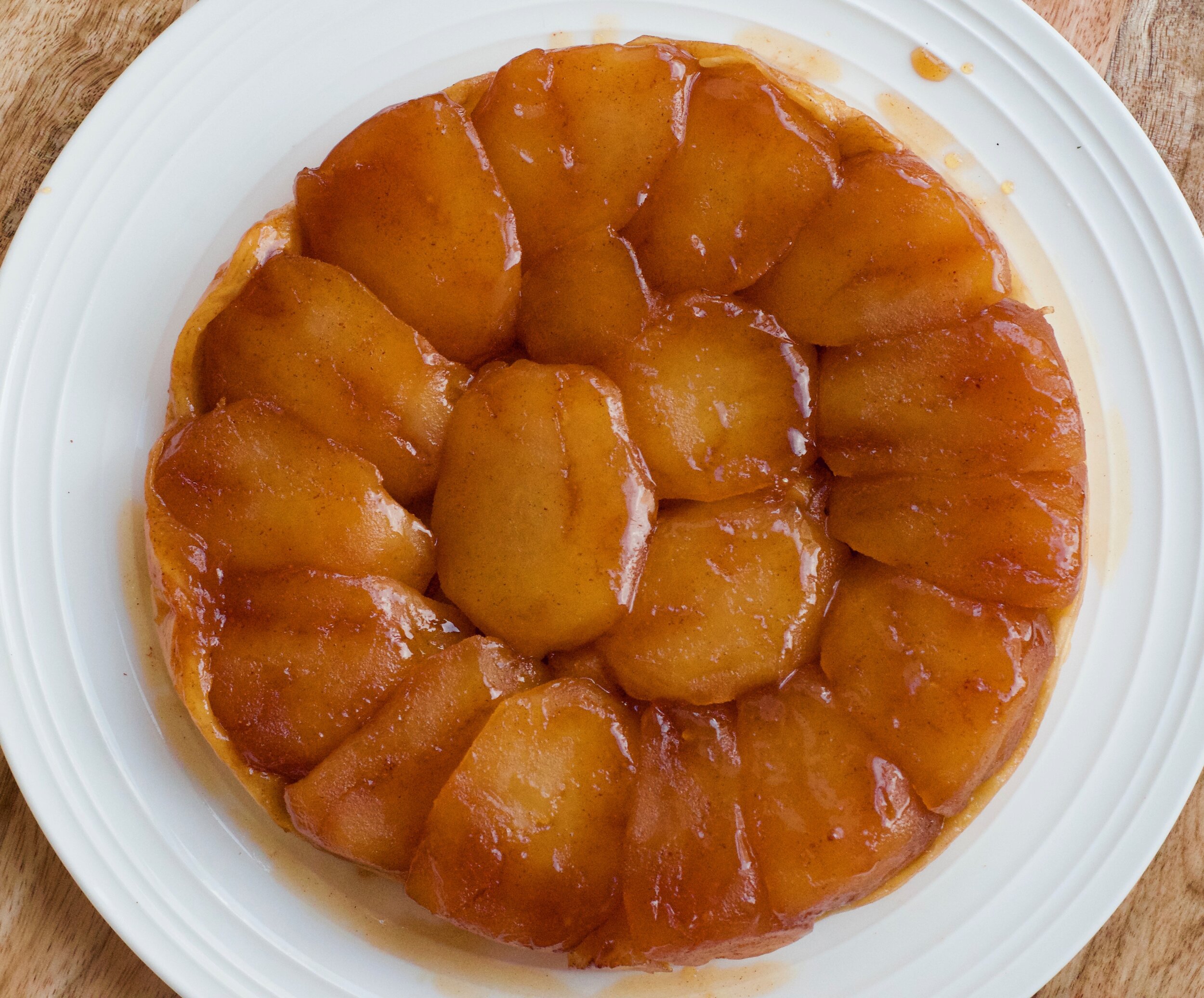key lime and passion fruit tart
/As the summer produce season begins to wrap up, green markets and grocery stores are flooded with the likes of tomatoes, corn, and peaches. However, there are some other delightful finds during this time that tend to fly under the radar that are a real treat, like key limes. While those in Florida may easily find an abundance of key limes, I rarely get my hands on some in New York so it’s always a treat to find some.
Key lime and passion fruit is a match made in heaven
Passion fruits have an incredibly tart and fragrant flavor and shine in any dessert. The passion fruit curd complements the creamy key lime custard and cuts through the sweetness. The layers create an eye catching gradient from the dark golden crust toward the airy meringue, which also helps counterbalance the creaminess of the key lime filling and passion fruit curd. Always make sure to finish it off with a fresh dusting of lime zest
A few tips:
If you can’t find key limes, use regular limes. It can be such a pain to squeeze those tiny little limes, but don’t use the bottled lime juice
Instead of graham cracker crumbs, use whichever biscuits or crackers suit your fancy.
An easy alternative to buying actual passion fruit is frozen passion fruit puree. It’s cheap and can be found in many grocery stores.
key lime & passion fruit tart
makes one 11 inch tart
ingredients
graham cracker crust:
210 g / 1 3/4 cup graham cracker crumbs
2 g / 1/2 teaspoon salt
85 g / 6 tablespoons unsalted butter, melted
for the passion fruit curd:
3 passion fruits or 80 g / 1/3 cup passion fruit purée
60 g / 1/4 cup lemon juice
100 g / 1/2 cup sugar
4 egg yolks + 1 whole egg
56 g / 4 tablespoons unsalted butter
for the key lime filling:
160 g / 2/3 cup lime juice (approx. one bag of key limes)
43 g / 2 egg yolks
397 g / 1 can sweetened condensed milk
5 g / 2 teaspoons lime zest
for the meringue (optional):
110 g / 3 egg whites, room temp
150 g / 3/4 cup sugar
60 g / 1/4 cup water
15 g / 1 teaspoon lemon juice
steps
graham cracker crust:
Preheat oven to 350 F.
1. Prepare crumb mixture: Mix the crumbs, salt, and butter until evenly incorporated. The mixture should resemble wet sand.
2. Pack it into the pan: With the help of a measuring cup (or any flat bottomed surface), pack the crumbs into the tart pan starting from the middle and moving out towards the edges.
3. Parbake: Bake for 10 - 13 minutes until crust hardens and starts to brown around the edges. Let cool.
passion fruit curd:
1. Prepare passion fruits: If using whole passion fruits, sieve out the pulp and juice and discard seeds. If using the frozen purèe, defrost and proceed.
2. Mix it together: Whisk together the passion fruit, lemon juice, sugar, and eggs. Save the whites for the meringue.
3. Heat up gently: Pour egg and passion fruit mixture into a heavy bottomed saucepan over low-medium heat. Cook the curd continuously whisking until it begins to thicken and the whisk leaves tracks. Be careful of overheating it as the mixture can curdle - if you’re uncertain, you can use the double broiler method with the egg mixture in a bowl over hot water.
4. Whisk in butter: Once the curd thickens, whisk in the butter until mixed in.
5. Chill: Pour the lemon curd into the prepared crust and smooth it out with an offset spatula. Gently lay a sheet of plastic wrap over the surface to prevent a skin from forming and let it set in the fridge for at least 2 hours.
key lime filling:
1. Whisk egg yolks: Either by hand using a whisk or an electric mixer, thoroughly whisk the egg yolks until it thickens and becomes a pale yellow.
2. Mix everything else in: Mix in the lime juice, condensed milk, and lime zest with the egg yolks.
Preheat oven to 350 F
3. Pour into tart: Remove the plastic from the surface of the passion fruit curd in the tart. Pour the key lime filling over top and bake for 10 minutes until just set. Let cool before serving or piping meringue over top.
meringue:
1. Preparing sugar syrup: In a saucepan over medium heat, bring the sugar and water to temperature of 235 F. When the syrup reaches 210 F, start whisking the meringue.
2. Whisking egg whites: In a separate clean bowl, start whisking the egg whites with the lemon juice until soft peaks form. At this stage, the sugar should reach the right temperature. Slowly pour in the syrup with the mixer still running on slow, and bring the mixer back up to a high speed to continue beating until you reach stiff peaks.
3. Pipe the meringue: Use your favorite piping tip (I used a large star tip) to pipe patterns over the tart or just pile it high.
4. Finish off with zest: Finish with some lime zest


